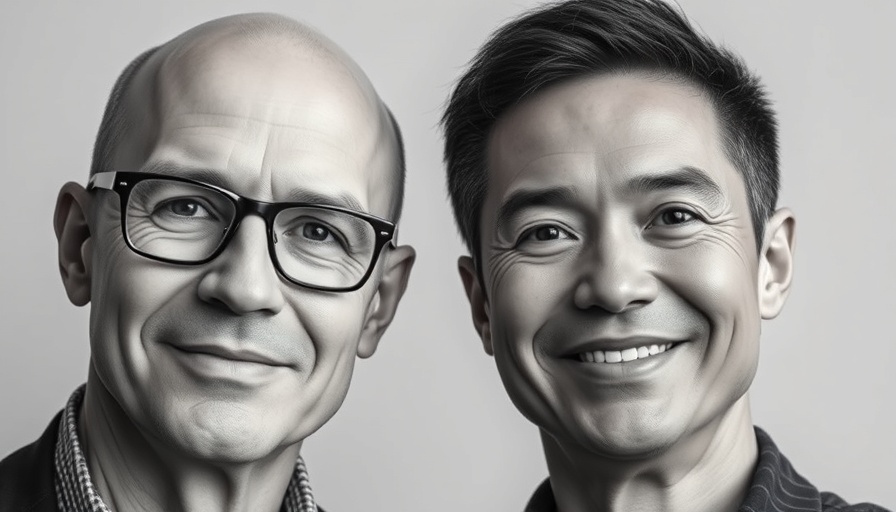
Innovative Breakthrough in Veterinary Medicine
This week, San Diego-based startup Gallant announced a significant milestone in veterinary medicine by securing $18 million in funding to develop the first FDA-approved ready-to-use stem cell therapy for pets. If successful in passing the regulatory process, this innovation could revolutionize how we treat our beloved furry companions and reflect a growing trend in biotech aimed at enhancing animal healthcare.
Transformative Potential for Pet Health
Gallant is initially focusing on a painful mouth condition called Feline Chronic Gingivostomatitis (FCGS) affecting cats, with FDA approval anticipated as early as 2026. The company’s approach stands out in the veterinary landscape as it utilizes ready-to-use stem cells from donor animals, a significant departure from traditional methods that involve harvesting cells from the patient—making procedures less complicated for pet owners.
Encouraging Early Results with Long-Term Benefits
Preliminary studies have shown promising outcomes in treating dogs with arthritis, providing pain relief and improved mobility that can last up to two years. Although results for treating kidney issues in cats have been inconsistent, the overall trajectory towards harnessing stem cell therapy in veterinary applications appears favorable.
Venture Capital Confidence Boosts Growth
Gallant's funding round has gained traction since it was led by Digitalis Ventures, with participation from other investors including NovaQuest Capital Management, which has prior experience in funding FDA-approved therapies for humans. The company, founded by Aaron Hirschhorn, now helmed by Linda Black, has raised a total of at least $44 million to advance these innovative therapies.
The Future of Healthcare for Pets
If Gallant’s therapy receives FDA approval, it could pave the way for a broader acceptance of stem cell treatments in veterinary practices, effectively changing the standard of care for conditions that affect pets. Financial institutions and service providers in the health sector must stay tuned to such advances as they signify not only potential investment opportunities but also shifts in consumer spending within the pet healthcare market.
As we consider the implications of these advancements, stakeholders in the financial sector should contemplate positioning themselves at the forefront of an emerging trend that promotes innovative healthcare solutions for beloved pets. Understanding these changes will be essential in navigating the future of funding and investing in the biotech field.
 Add Row
Add Row  Add
Add 




Write A Comment